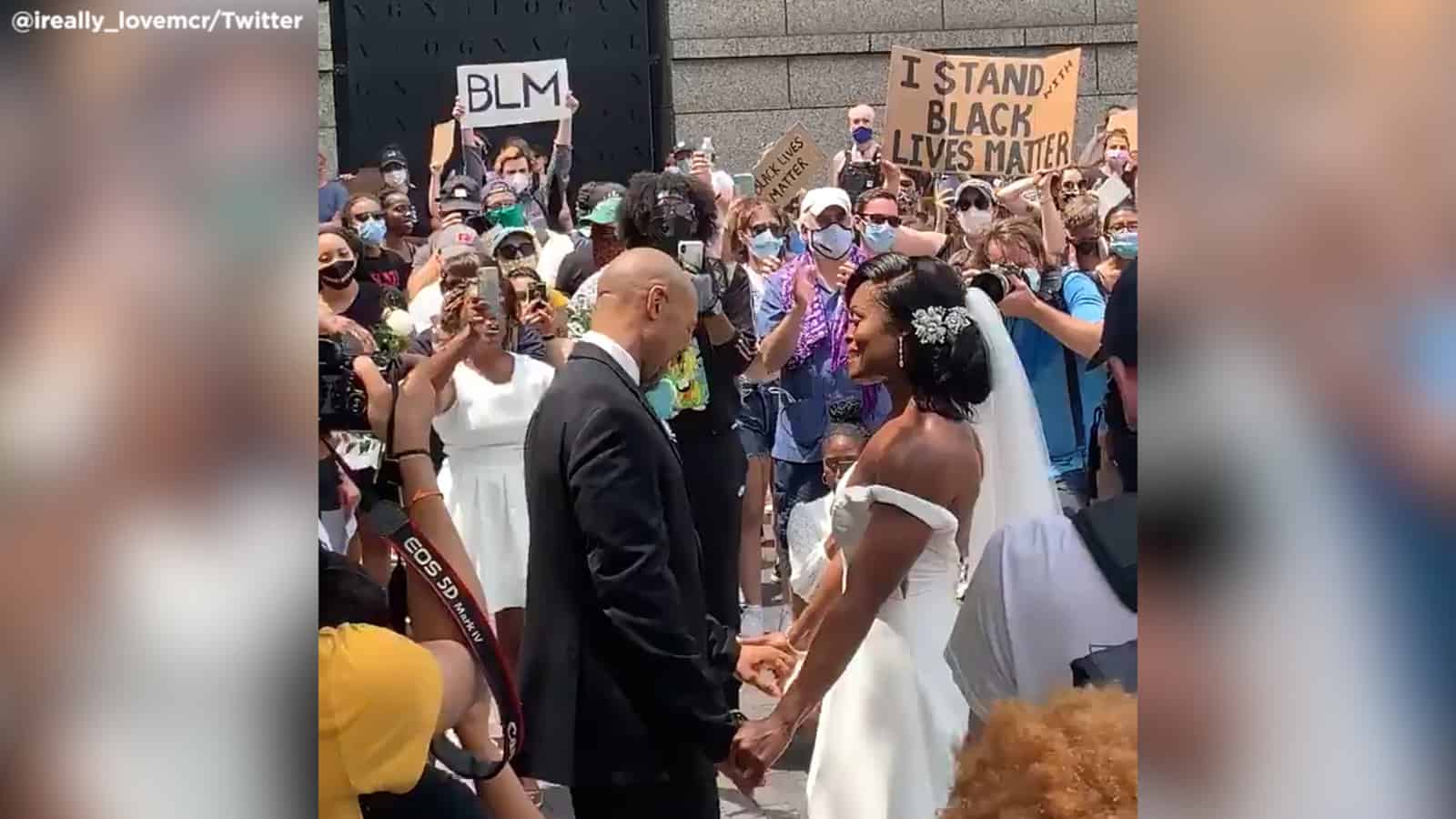There will come a time when you may have to write some words to celebrate the life of your loved one. Perhaps the time is now.
Are you writing a eulogy for a loved one’s funeral but not sure where to start? In this blog, our resident blogger and funeral celebrant, Rosalie, answers the seven most asked questions and answers to help you write a eulogy that brings your loved one to life and engages the hearts and minds of your audience.
Q1. What is a eulogy?
A eulogy, or funeral speech, is a spoken tribute about a person at their funeral. It aims to capture their character by sharing highlights of their life, special memories and stories illustrating what they will be remembered for.
A eulogy helps build a picture of the person in all its facets and the impact they have had on different people.
Quite often, a eulogy will also reveal things about the person not everyone who is attending the funeral knows. We all play different roles in our lives: as family member, friend, neighbour, colleague, and more. People typically know us in a particular role, and during a particular time in our life.
A eulogy brings the person to life and helps create the legacy they will be remembered by. Quoting Roman philosopher Cicero:
“The life of the dead is placed in the memory of the living”.
A eulogy is an important step in continuing the relationship with the person beyond death. It can provide great comfort to the bereaved and help them on their grief journey.
A eulogy is a gift to the living.
Q2. Who traditionally does the eulogy?
It’s seen as an honour to be asked to write and deliver a eulogy. Anyone can do this. If close relatives find it too difficult to write or deliver the eulogy they may ask an extended family member or friend to do this. Families can also ask their celebrant to deliver the eulogy.
Q3. Where to start when writing a eulogy?
Start by gathering information about the person by:
Q4. What should be included in a eulogy?
A eulogy typically includes key facts and milestones of someone’s life, but a person really comes to life when you include anecdotes and stories that encapsulate who they were. Someone won’t be remembered for the grades they achieved – they will be remembered for how they made a positive difference to the people around them, and how they made them feel. This is often found in small, simple things: the gems that make someone unique.
A few example questions that will help you find these gems:
Q5. How to write a eulogy?
There are different formats you can use to write your eulogy. Here are three common approaches:
Remember: it’s impossible to capture all details of someones life. Rather than aiming to be complete, find the essence of who someone was and what they will be remembered for. When reading through the information you have collated, usually a common theme, symbol, sentiment or particular story that captures the person can be found. This helps build your story and help people remember the eulogy.
A eulogy will often trigger stories and memories of those who are listening. A moment of reflection following the eulogy gives an opportunity for people to be present with their own memories, thoughts and feelings.
Q6. How long should a good eulogy be?
Typically a eulogy is 7-10 minutes long. This is based on people’s average attention span. However, a eulogy can be shorter or longer, depending on how much you’d like to cover.
Time slots at crematoria and burial sites vary so it’s important to know how much time you have. Your celebrant will be able to advise.
Top tip: people tend to underestimate the time it takes to read out a eulogy at a funeral. Practicing your speech in front of the mirror is different than delivering your words on the emotional day of the funeral to an audience of bereaved people. It’s important to allocate extra time for walking up to the lectern, take a few breaths, sip some water or, if needed, take a pause if you need this.
Word count is a more reliable tool than estimating time. As a rule of thumb, it takes 5 minutes to read out 600 words.
Q7. What about the audience?
A eulogy is about the person, but aimed at the people who are listening.
When writing a eulogy it’s not only important to learn about the person who has died, but also about the people who will be listening. Remember that we play different roles in our lives and that the people we connect with during our lives will have their own version of who we are.
Be mindful of sensitivities that may be triggered. Not everyone who has died is ‘loved’. People may have had a troubled relationship with the person who has died. When gathering information for the eulogy also aim to understand who will be attending the funeral and identify any potential sensitivities.
It’s important to find a gentle and balanced way to picture a person when there are complex dynamics going on. If you are not sure if you have found the right tone you can ask others to review your draft eulogy.
Acknowledge that everyone in the room has their own unique relationship with the person and their own way of mourning and remembering. You can, for example, do this by saying: “Like all human beings, Frank has many aspects to his life and personality. In the following, I’ll share an overview if his life as told to me by his family and some close friends. This is by no means a complete picture and you will all have your own unique way of how you will remember him. Following the eulogy we will have a quiet moment where you can reflect on you own memories of Frank or be present with your own thoughts and feelings at this time.”
An act of love
Have these questions and answers inspired you in writing your eulogy? If you have any questions left, don’t hesitate to ask your celebrant.
Most importantly, don’t overthink. If you have agreed to this honourable task, you will do a wonderful job. Rather than trying to be perfect, write from your heart – anything that comes out of this place of love will be just right.
As the incredible Dr. Maya Angelou once said:
“People will forget what you said, people will forget what you did. But people will never forget how you made them feel”.
This content was originally published here.

